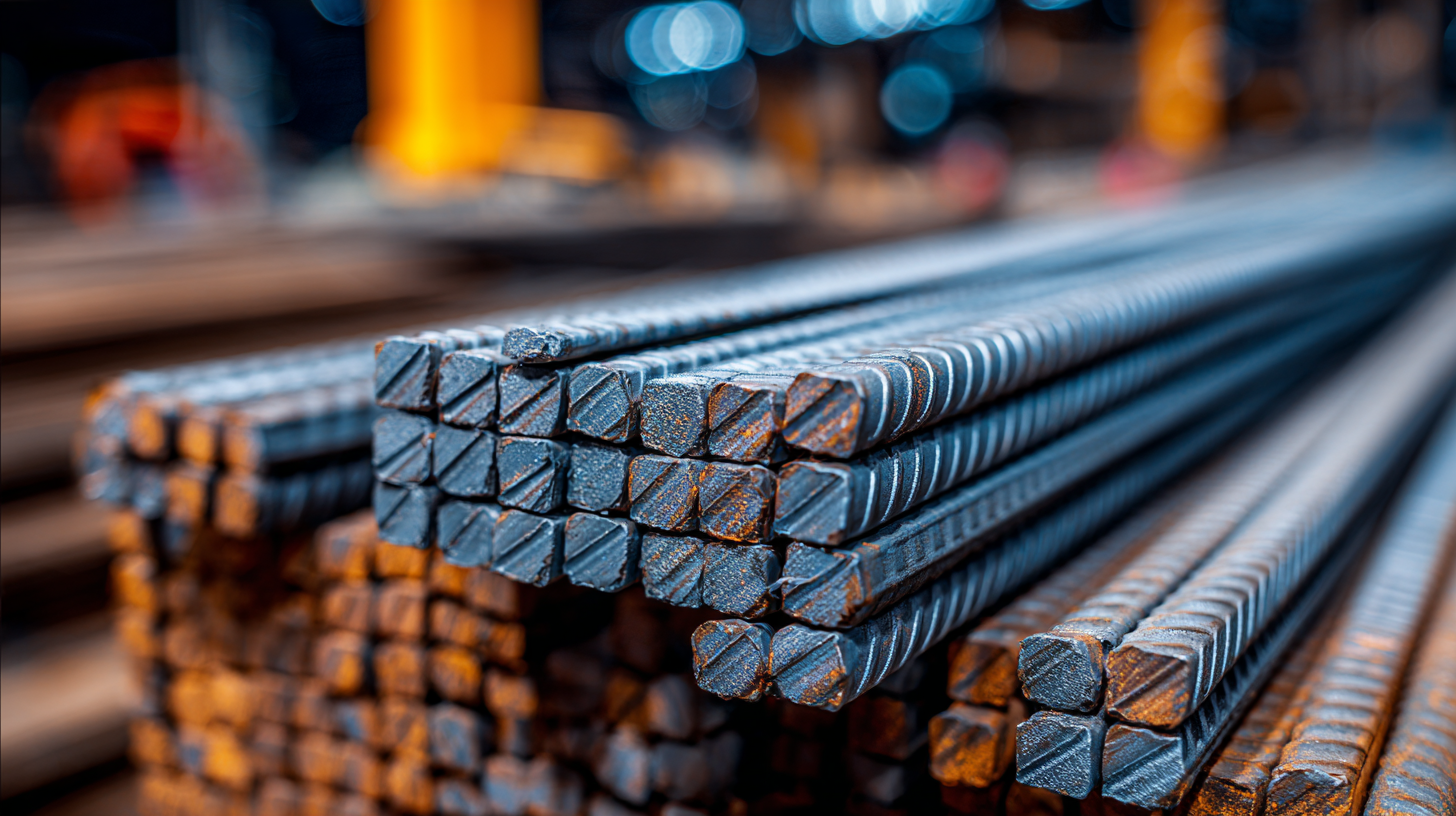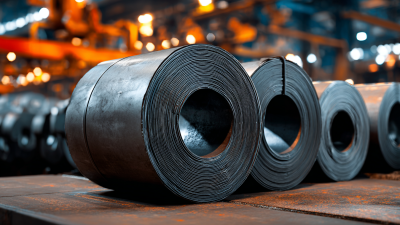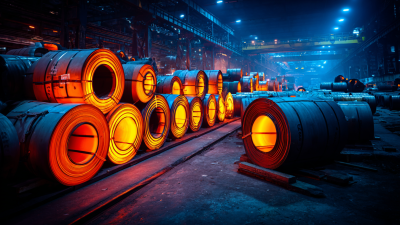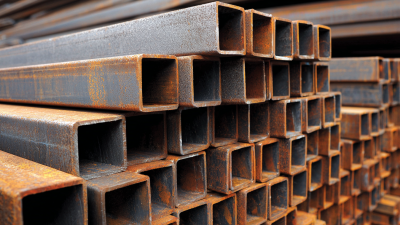
Understanding the properties and applications of Material Steel is crucial for industries ranging from construction to manufacturing. According to the World Steel Association's annual report, global steel production reached approximately 1.85 billion metric tons in 2021, underscoring its significance in modern infrastructure and engineering. As the demand for high-performance steel increases—particularly with advancements in automotive and aerospace sectors—grasping the nuances of Material Steel, including its tensile strength, ductility, and corrosion resistance, becomes imperative.
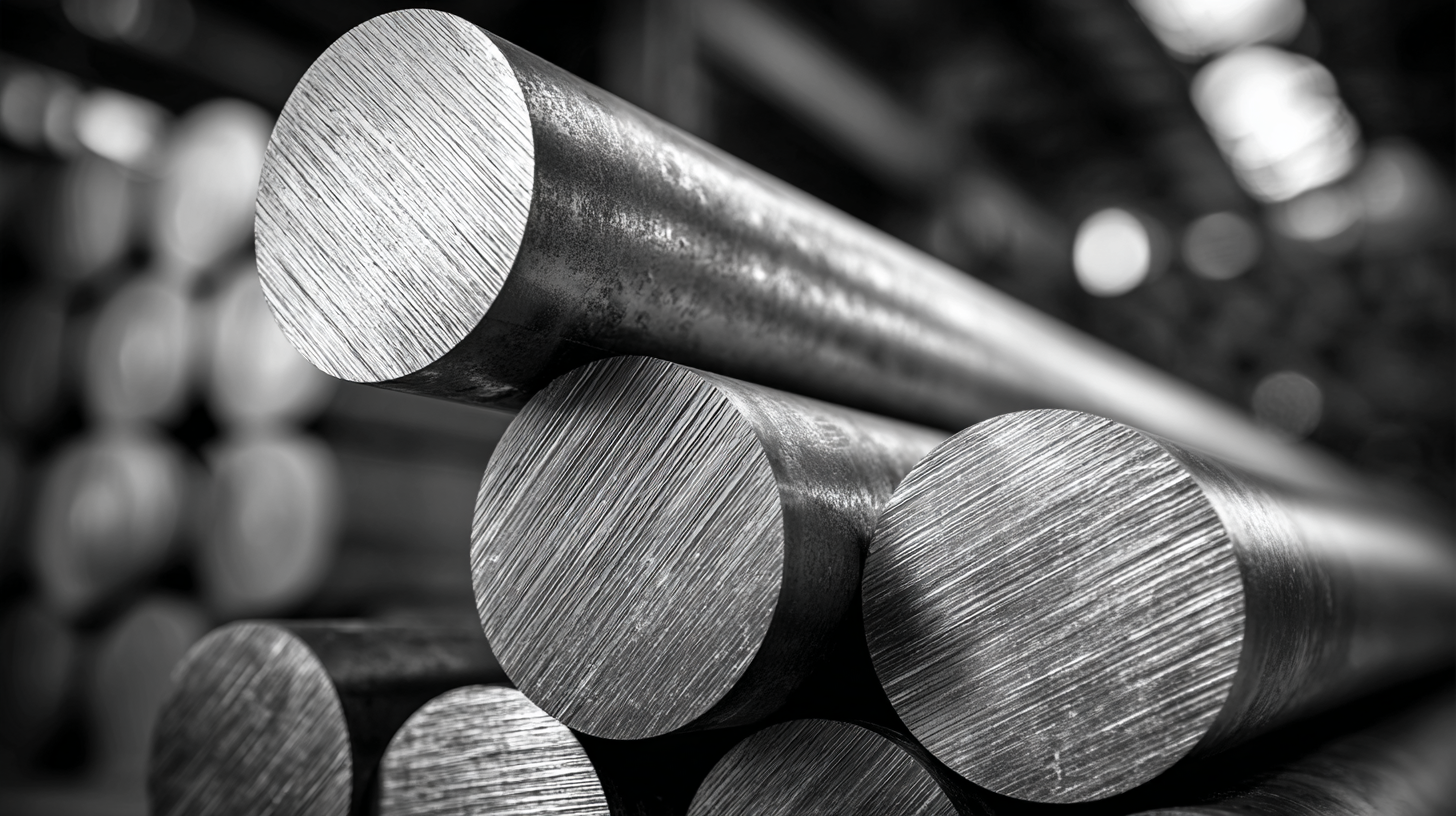 Furthermore, market analyses project a compound annual growth rate (CAGR) of 6.2% for the steel industry through 2028, highlighting the necessity for professionals to refine their understanding of material properties. This article outlines five essential tips to enhance your comprehension of Material Steel, enabling you to optimize its applications and foster innovation in various sectors.
Furthermore, market analyses project a compound annual growth rate (CAGR) of 6.2% for the steel industry through 2028, highlighting the necessity for professionals to refine their understanding of material properties. This article outlines five essential tips to enhance your comprehension of Material Steel, enabling you to optimize its applications and foster innovation in various sectors.
 Understanding the chemical composition of steel is crucial for effective material selection, especially in specialized applications such as biomedical and structural engineering. Recent studies emphasize the importance of analyzing steel properties through innovative methodologies. For instance, a study utilizing an FMEA-based TOPSIS-sort methodology has been employed to classify stainless steel materials specifically for biomedical applications. This approach facilitates a risk-centric understanding of the mechanical and chemical robustness required for biomedical components, allowing engineers to select the most suitable stainless steels by evaluating their properties under varying conditions.
Understanding the chemical composition of steel is crucial for effective material selection, especially in specialized applications such as biomedical and structural engineering. Recent studies emphasize the importance of analyzing steel properties through innovative methodologies. For instance, a study utilizing an FMEA-based TOPSIS-sort methodology has been employed to classify stainless steel materials specifically for biomedical applications. This approach facilitates a risk-centric understanding of the mechanical and chemical robustness required for biomedical components, allowing engineers to select the most suitable stainless steels by evaluating their properties under varying conditions.
Moreover, advancements in artificial intelligence, particularly through artificial neural networks (ANN), have shown promise in modeling the elevated-temperature mechanical properties of structural steels. This technology not only enhances the prediction accuracy of material behaviors but also aids in the selection process by identifying optimal compositions capable of withstanding extreme operational environments. Reports indicate that 3D-printed plain carbon steels have demonstrated tensile and impact properties that can rival traditional ultra-high strength alloy steels, signifying a shift in material selection strategies driven by innovative manufacturing techniques.
As the material science field continues to evolve, understanding the specific chemical compositions and their implications on performance will remain a vital component in ensuring the efficacy and longevity of steel applications across diverse industries.
Heat treatment plays a pivotal role in determining the mechanical properties and overall performance of steel. By altering the microstructure of steel, various heat treatment processes such as annealing, quenching, and tempering can significantly enhance its hardness, ductility, and tensile strength. According to a report by the American Society for Metals, proper heat treatment can increase the yield strength of low alloy steel by as much as 50%, thereby making it more suitable for demanding applications, such as aerospace and automotive components.
To truly enhance your understanding of steel properties, it's essential to recognize the importance of these treatments. For example, tempering is crucial for relieving internal stresses in quenched steel, which can prevent unexpected failures in structural applications. Furthermore, steel grades such as AISI 4140 exhibit a remarkable increase in toughness after proper heat treatment, proving the significant influence heat conditions have on performance.
Tip: Always consult material specifications and heat treatment guidelines provided by manufacturers to achieve optimal results. Additionally, consider employing thermal analysis techniques to monitor and control the heat treatment process, ensuring uniform properties throughout the steel component. This attention to detail can lead to improved performance and reliability in critical applications.
| Property | Example Value | Effect of Heat Treatment |
|---|---|---|
| Yield Strength | 250 MPa | Increases with quenching and tempering |
| Tensile Strength | 400 MPa | Improves significantly with hardening |
| Hardness | Hardness: HRC 40 | Altered through heat treatment processes |
| Ductility | 20% elongation | Decreases after excessive hardening |
| Impact Toughness | 40 J at -20°C | Improves after tempering |
Alloying elements play a crucial role in modifying the characteristics of steel, significantly influencing its mechanical properties, corrosion resistance, and overall performance in various applications. For instance, the addition of chromium to steel can enhance its hardness and strength while also improving its resistance to oxidation and corrosion. According to a 2023 report by the World Steel Association, chromium-rich stainless steels have seen a growing demand in the construction and automotive industries, primarily due to their durable nature and ability to withstand harsh environments.
Similarly, the inclusion of nickel can improve steel's toughness and ductility, making it suitable for heavy-duty applications. Data from the American Iron and Steel Institute (AISI) indicates that nickel-containing steel grades are essential for manufacturing components such as pressure vessels and pipelines, where resilience to extreme conditions is paramount. In contrast, elements like manganese are known to bolster hardenability, allowing for deeper heat treatment penetration, which results in stronger components. By understanding the specific roles of these alloying elements, engineers and manufacturers can better select the right steel grades for their needs, optimizing performance and longevity in their projects.
Understanding the relationship between steel grades and their industrial applications is critical for optimizing material selection across various sectors. Different grades of steel, characterized by their unique compositions and mechanical properties, dictate their suitability for specific applications. According to the World Steel Association, structural steels such as S235 and S355 are commonly used in construction due to their high yield strength and ductility, making them ideal for beams and columns. In contrast, tool steels like D2 or H13 are engineered for demanding applications, including die and tool production, where hardness and abrasion resistance are crucial.
The tensile strength and toughness variations across steel grades significantly impact their performance in industrial settings. For instance, the American Society for Testing and Materials (ASTM) notes that stainless steels, such as AISI 304 and AISI 316, exhibit excellent corrosion resistance, making them preferable in chemical processing and marine environments. Conversely, high-strength low-alloy (HSLA) steels are increasingly utilized in automotive manufacturing, as they deliver substantial weight savings alongside enhanced safety through superior strength. By assessing these relationships, industries can make informed decisions that enhance performance and longevity while reducing costs associated with material failure or replacement.
When evaluating the durability and strength of steel, various testing methods play a crucial role in determining material performance under different conditions. One of the most widely recognized approaches is tensile testing, where samples are pulled until they break, measuring properties such as yield strength, ultimate tensile strength, and elongation. According to the American Society for Testing and Materials (ASTM), a well-conducted tensile test can reveal critical insights into a material's behavior, with ultimate tensile strength values for common structural steels like ASTM A36 averaging around 400-550 MPa.
Another method worth noting is hardness testing, which assesses a material's resistance to deformation and wear. Techniques such as Rockwell or Brinell hardness tests provide immediate insights into the steel's performance in high-stress applications. A study from the International Journal of Metallurgical Engineering indicates that harder steels tend to have higher wear resistance, making them suitable for heavy-duty applications in automotive and construction sectors.
Tip: Always choose the testing method that aligns best with your specific application requirements. For instance, if ductility is essential, prioritize tensile tests, while for wear applications, hardness tests may provide the data you need. Furthermore, consider environmental factors; fatigue testing can simulate real-world conditions, offering a complete picture of steel performance over time.
